What is STEAM Education – what is the steam about it?
STEAM education has found growing prominence as educators try and prepare students for the 21st century. More and more schools across the world are adopting STEAM education. And why not? It is known to equip students with skills that are essential in today’s world – problem solving, critical thinking, decision making, analytical thinking, and a host of others.
The STEAM framework brings together the 5 disciplines of Science, Technology, Engineering, Art, and Math in a holistic learning experience. It is today, the most efficient way to train your brain.
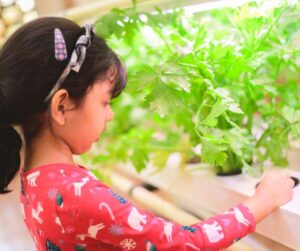
STEAM allows instructors to use project-based learning that spans all five disciplines and promotes an inclusive learning environment in which all students may engage and contribute. Unlike traditional teaching approaches, instructors utilising the STEAM framework integrate the disciplines together. Students who are exposed to STEAM education have showed more appetite for critical thinking across interdisciplinary subjects.
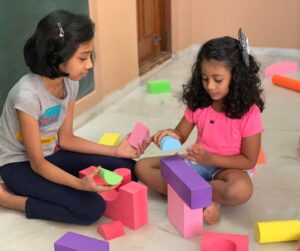
We have seen the benefits of this comprehensive learning approach at Tapas. When compared to kids in traditional schools, the implementation of STEAM education with project-based learning at Tapas has resulted in our learners being able to pick up numerous abilities at significantly quicker rates. Learners have also made cross-disciplinary links between topics. STEAM education also fosters a sense of curiosity in students, encouraging them to seek more from their studies at all times. And, in keeping with Tapas’ ideal of always putting the learner first, Tapas School students have started designing their own learning paths.

Using Project-based learning techniques in the STEAM framework is the way forward for educators wanting to equip students with the right skill set to be innovators. Come experience Tapas’s Project-based learning approach and how it can benefit your child.
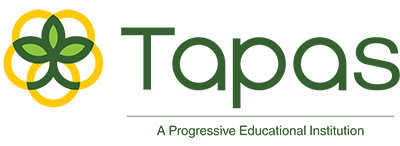
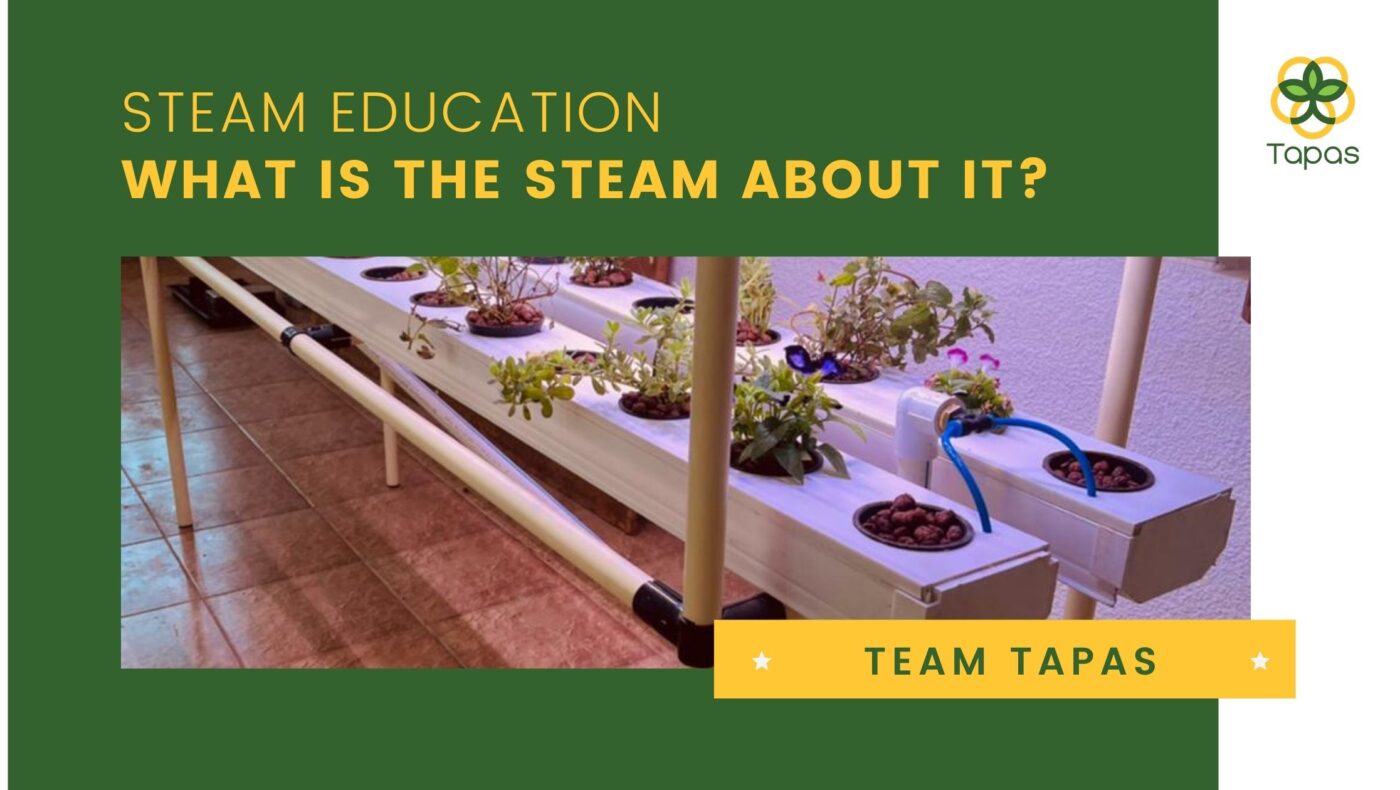
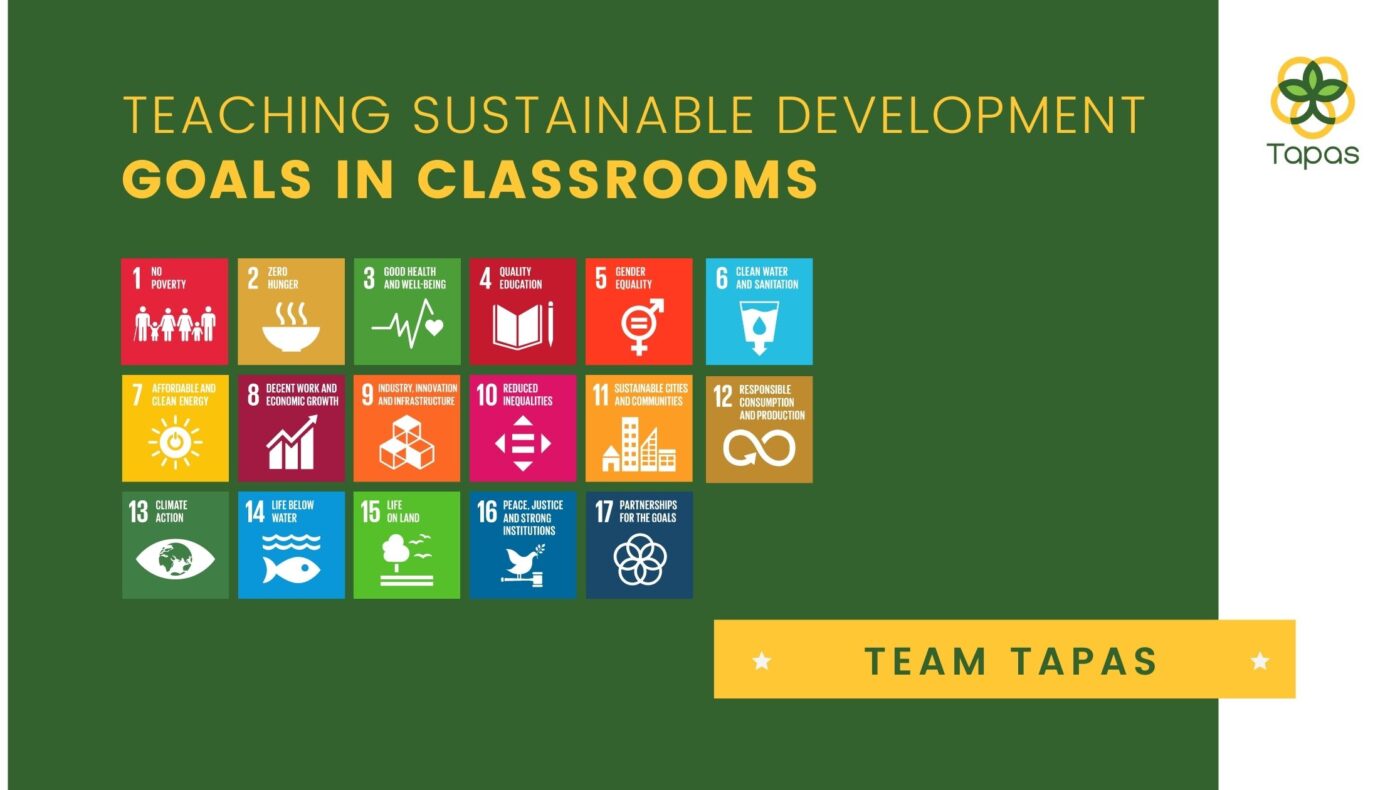





 This is a Guest Post By Ms. Padma
This is a Guest Post By Ms. Padma